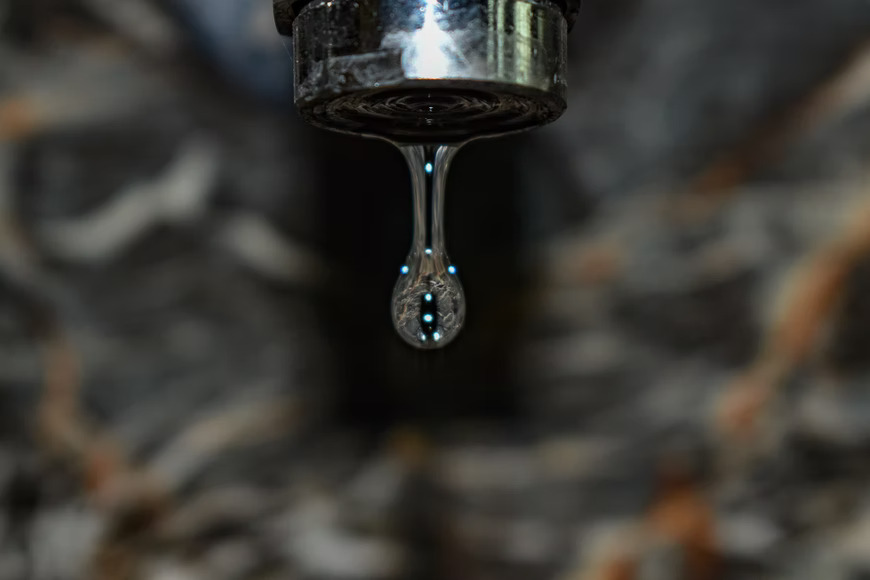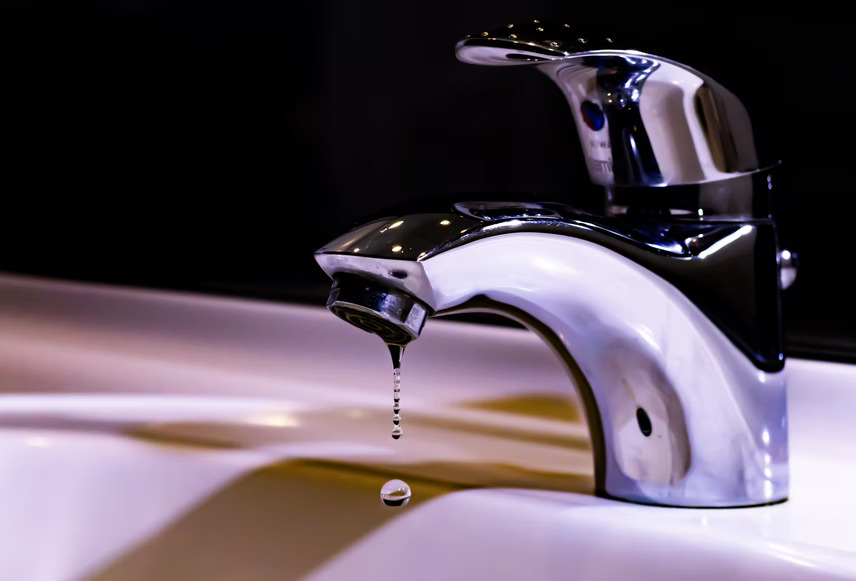Your kitchen faucet is an important part of your home’s plumbing system. It provides you with fresh, clean water for drinking and cooking, which makes it one of the most used fixtures in your kitchen. But like any other appliance, some signs indicate when it needs to be replaced.
Low Water Pressure
Low water pressure is often a sign that your kitchen faucet needs to be replaced. It simply means that the water flow isn’t strong enough to effectively accomplish its job of cleaning dishes and washing vegetables. There is a faucet for low water pressure that is designed to increase the water pressure, so it can function more effectively. To fix low water pressure, clean or replace any screens, filters, and aerators you have on your faucet. If that doesn’t work, check to ensure the water supply is turned on by making sure it’s not closed down too much at either end.
Leaks
Leaks are another sign that your kitchen faucet may need to be replaced. A small leak can turn into a big one very quickly, so it’s important to address the issue as soon as you notice it. There are a few ways to fix a leaky faucet, but if they don’t work, then it may be time to replace the faucet altogether. For example, you can try tightening the faucet valve with a wrench or replacing the washer. Replacing a kitchen faucet can seem like a daunting task, but with the right instructions, it’s something that most people can do on their own. Be sure to read the manufacturer’s instructions carefully before beginning so that you know what tools and supplies you’ll need. Additionally, you can also replace the rubber washers on your faucet. If these don’t work, then it might be time to buy a new kitchen faucet altogether.
Age
Age is one of the most common signs that your kitchen faucet needs to be replaced. If you have an old or outdated sink, it may make sense to update both at once. An older model doesn’t always mean the product has reached its end-of-life cycle. However, many manufacturers recommend replacing their products after about 15 years because they can become less reliable or efficient over time.
If your faucet is older than 15 years, it can be a good idea to consider replacing it for the sake of comfort and efficiency. An old kitchen sink takes more time to clean, requires less effective cleaning products, and may need repairs or replacements that you wouldn’t have considered with an update. Newer models come with features like touchless technology that make them easier-to-use options in almost any household. Replacing your kitchen faucet will not only improve how well it works but also give you peace of mind knowing you won’t run into problems down the line when using your new purchase.
Rust
If rust is a more widespread problem, it could indicate that the faucet’s internal mechanisms are corroding. This will likely require the replacement of the entire fixture. A professional should be consulted if you’re unsure about what course of action to take.
Removing rust from your faucet is possible but can be difficult and time-consuming. If you choose to tackle this job yourself, make sure to use caution and safety gear when working with corrosive chemical agents. Always read the manufacturer’s instructions carefully before using any cleaning products. Additionally, make sure to wear rubber gloves and eye protection when using a powered rust removal tool. To remove the rust with a chemical solution, use water and white vinegar in equal parts. Apply the mixture with a toothbrush or small scrub brush to loosen rust deposits from grout lines and crevices before completely rinsing away the chemicals.
Function
Another way to tell if your kitchen faucet needs to be replaced is by checking its function. Turn on the water and test the sprayer, the faucet should be able to release a good stream of water. If it’s not spraying well or just dribbling out, then it’s time for a new one. Test the faucet’s temperature by running hot and cold water. It should be able to change temperatures quickly without any issues. If your faucet is having trouble with either of these things, it’s time for a replacement.
If you’re still not sure if your kitchen faucet needs to be replaced, or you just don’t have the time or energy to do it yourself, call a plumber. They can come out and take a look at your faucet and give you an estimate on how much it will cost to get it fixed or replaced. Kitchen faucets are one of those things that seem like they’ll last forever, but eventually, they all need to be replaced.
Appearance
The last way to tell if your kitchen faucet needs to be replaced is by checking its appearance. If the finish is coming off, the metal is peeling, or it’s just generally looking bad, it’s time for a new one. Kitchen faucets are constantly exposed to water and food particles, which can cause them to rust and corrode over time. This makes them look bad and also affects their function.
It doesn’t matter if the finish looks nice or not, you can get matching finishes on most kitchen faucets, so they’ll end up looking good again once you replace yours. Additionally, kitchen faucets are a relatively inexpensive update, so it’s worth considering if your faucet is looking bad.
Cost
Kitchen faucets are a relatively inexpensive update you can make to your kitchen. Depending on the style and type of faucet, most range from $80-$200 or so. Some higher-end ones that have more features may be more expensive than this, but still not high in price compared with other updates for your home.
Replacing a kitchen faucet is an easy way to give your whole kitchen a makeover without spending thousands of dollars. You don’t need any special tools or know-how either, just unscrew the old one and screw in the new one! That’s about as complicated as it gets when it comes to replacing a kitchen sink fixture like this one.

If you notice any of these signs mentioned above, it’s time to replace your kitchen faucet. A qualified plumber can help you choose the right replacement and install it quickly and easily.

